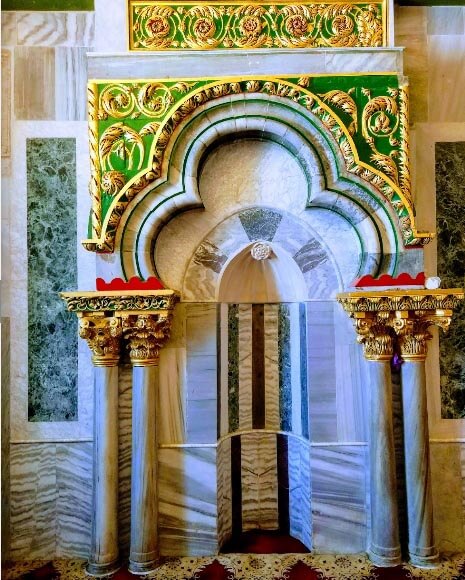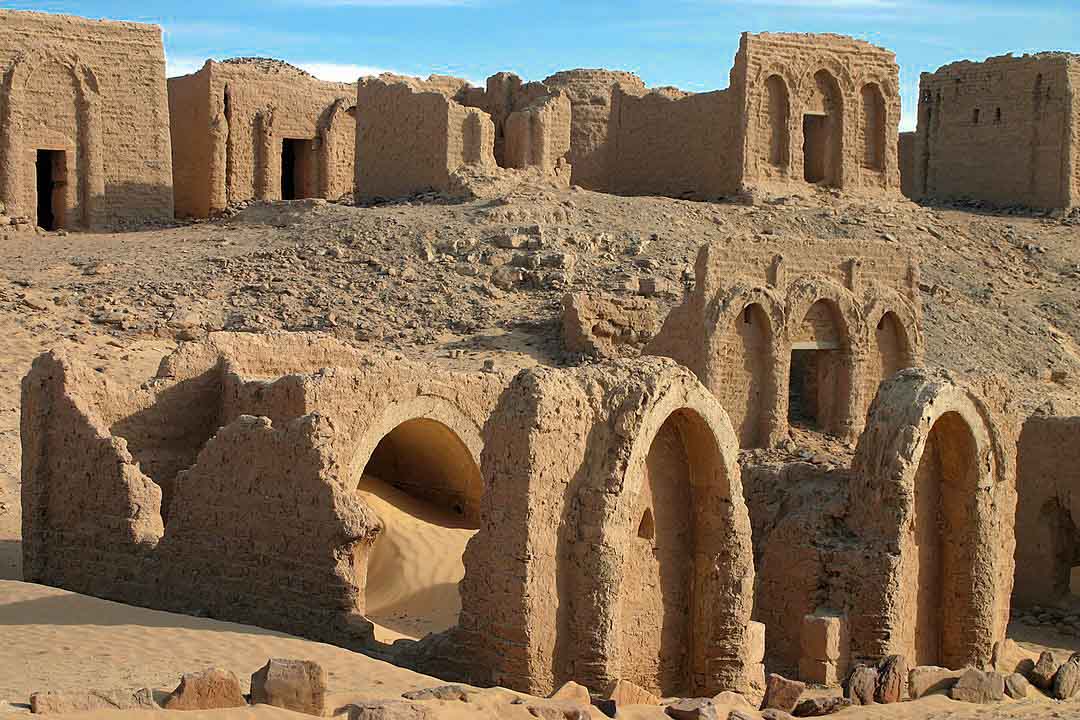Najaf, Iraq
Coordinates: 32.005700, 44.312000
Wadi-us-Salaam (Valley of Peace) is an Islamic cemetery, located in the holy city of Najaf, Iraq.
Graves of Hz. Hud عليه اسلام and Hz. Saleh عليه اسلام are inside one shrine (Acc to Shia Sources). Exit the Holy Shrine from Bab e Toosi, walk straight and cross the road. Then keep walking straight. You will find small shops on the LHS and entrance of Wadi Salaam on RHS. Enter the graveyard and the shrine of the prophets are at a distance of 100 metres.
Some of the Shia tradition holds that Hz. Ibrahim عليه اسلام bought land in Wadi-us-Salaam and that Hz. Ali رضي الله عنه said the Wadi Al-Salaam was a part of heaven.
The cemetery is located near the shrine of Imam Ali ibn Abi Talib رضي الله عنه , the fourth Sunni Caliph and the first Shia Imam.
Thus, many Shi’ites in Iraq request that they be buried in this cemetery. As a result of improved transportation methods, Shi’ites from across the globe are (or seek to be) buried in the cemetery.
However, burial at the cemetery means being placed in one of the cemetery’s many catacombs. According to an undertaker at the cemetery, each crypt can hold up to 50 bodies. The burial plots are controlled by Marja.
Some rituals carried out before burial in the cemetery include: the body is washed and wrapped at the cemetery, the funeral prayers are conducted in the Imam Ali رضي الله عنه shrine, the deceased is carried around the shrine three times, and some Quranic verses are recited at the cemetery.
Daily burials have been on going for over 1,400 years and the site is on the Tentative List of UNESCO’s World Heritage sites. Burials in Najaf have been documented as early as the Parthian and Sassanid eras and ancient Mesopotamian cities often had similar cemeteries, where there was an accumulation of tombs.
It is estimated that during the Iraq War about 200 to 250 corpses were buried there daily; however, in 2010 this number had decreased to less than 100.
Approximately 50,000 new bodies are interred in the cemetery annually from across the globe. This figure is an increase on the approximately 20,000 bodies, primarily from Iran, that used to be interred annually in the early 20th century.
Most Iraqi and many Iranian Shi’ites have a relative buried in the cemetery.
Know This
Best to go with a guide as its huge. That way you can be shown around rather just keep walking in circles.
Mobile phone, camcorder and camera are allowed, unlike most other shrines where cameras and mobiles are not allowed inside the shrines. Removing of shoes, like all shrines, is compulsory. Booths to store shoes are placed in all shrines and receipt with slot numbers are given to visitors.
Note: Some information provided in this article comes from the Shia sources.




















